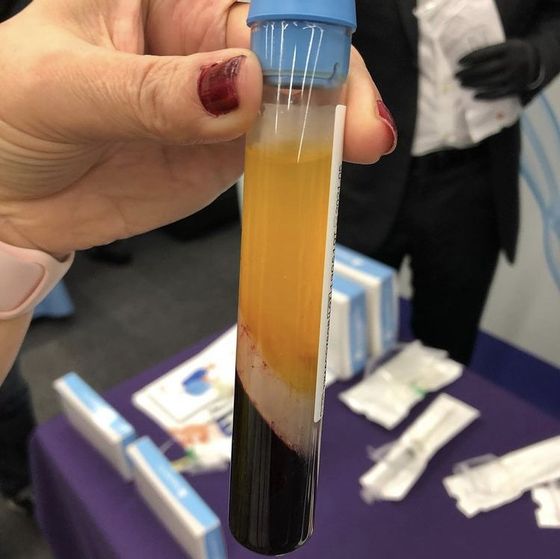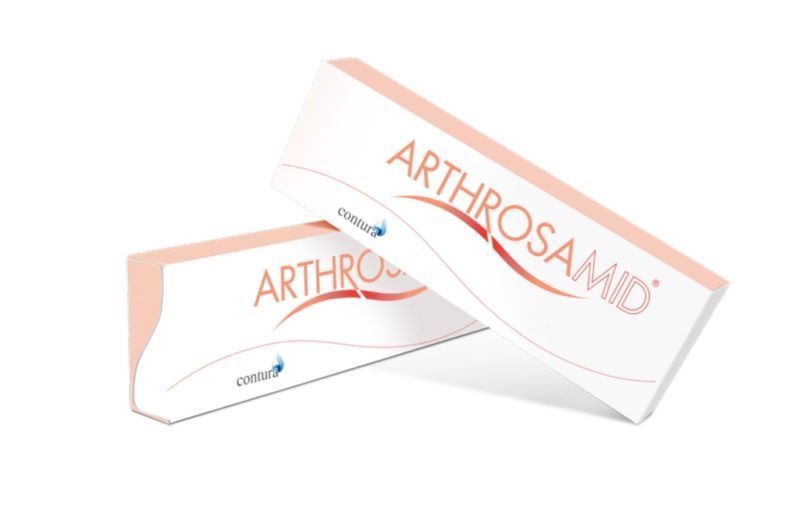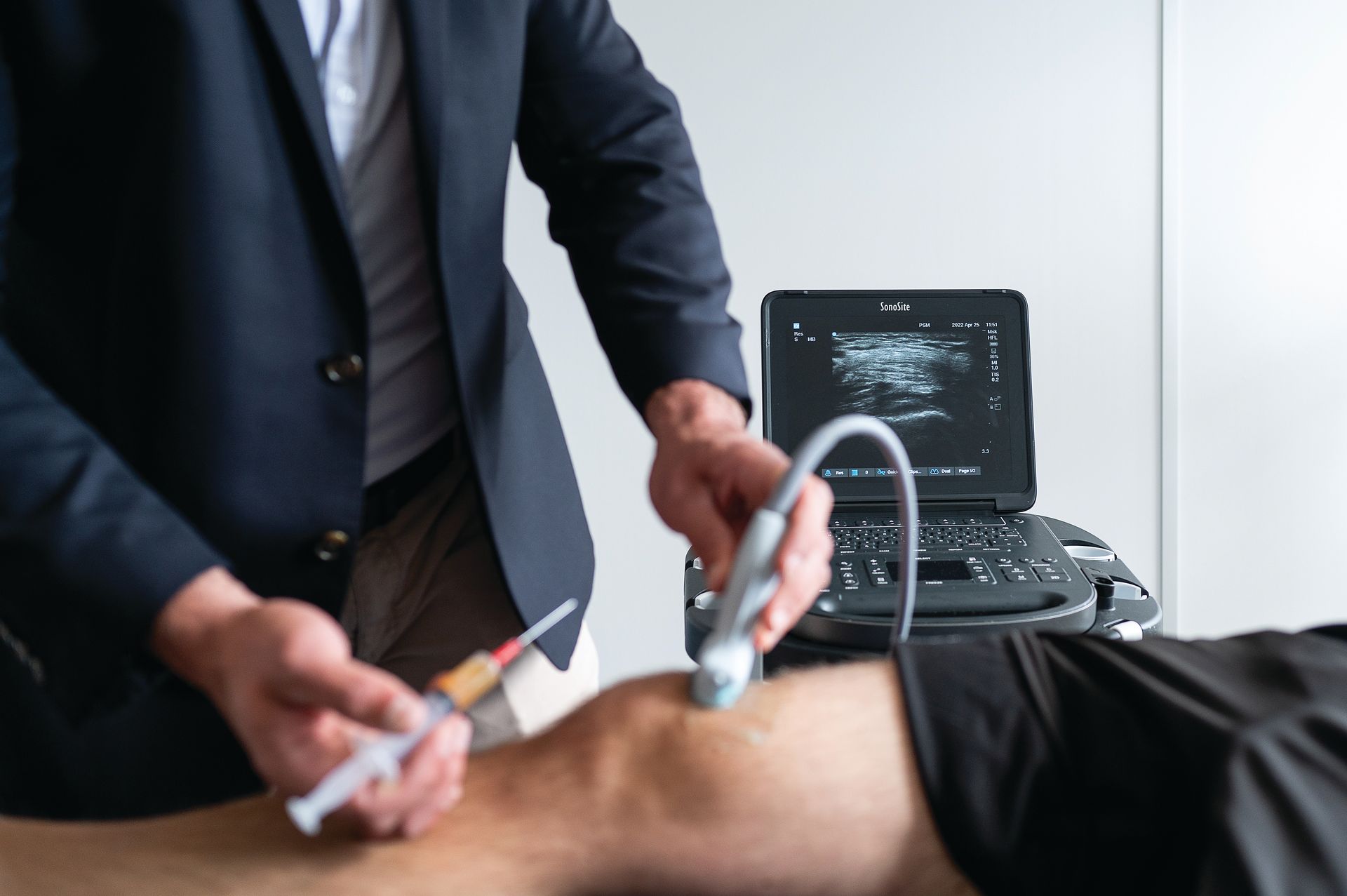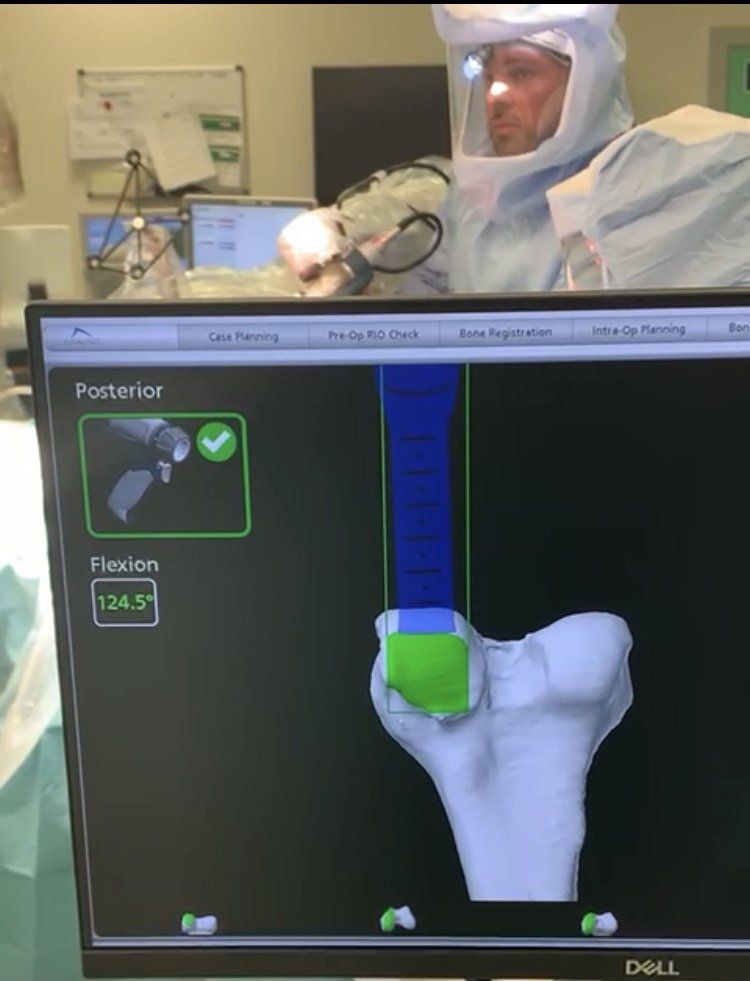Platelet Rich Plasma (PRP) Injections use your bodies own Anti-Inflammatory Molecules and Growth Factors to improve pain, function and prevent the progression of Osteoarthritis

What is Osteoarthritis?
Osteoarthritis of the knee is the result of progressive deterioration of the articular cartilage and menisci of the joint, usually because of trauma, and wear and tear. This leads to exposure of the bone surface. Symptoms include pain, stiffness, swelling and difficulty walking.
What are my treatment options?
Conservative treatments include painkiller and corticosteroid injections to relieve pain and inflammation. In addition to physiotherapy and prescribed exercise to improve function and mobility.
When symptoms are severe, surgery may be indicated. Surgical options include breaking and resetting the bone to realign the leg (Osteotomy) or replacing part (Partial) or all of the Knee (Total knee replacement).
How will a Platelet Rich Plasma (PRP) Injection help me?
Your own blood contains anti-inflammatory molecules and growth factors that are able to relieve pain and help certain cells (Chondrocytes) to repair damaged cartilage. If you have early arthritis a course of PRP injections has been proven to reduce pain, improve the function of the joint and improve the quality of the cartilage. These natural anti-inflammatories “relieve symptoms and potentially delay the need for joint replacement surgery” (National Institute of Clinical Excellence 2019)
What does the procedure involve?
A sample of blood is taken from your arm and centrifuged to concentrate the platelets, growth factors and anti-inflammatories in the liquid plasma. Red and White cells are removed. The platelet-rich plasma is injected into the joint space in the knee, usually under ultrasound guidance. The whole process takes around 5-10 minutes and can be done while you wait. Normally patients require a course of 3 injections over 3-6 weeks to get the best results.
Will the procedure hurt?
The doctor or nurse will normally inject a small amount of local anaesthetic under the skin to stop the PRP injection from hurting. You will feel a gentle pressure as the PRP is injected. Very few patient require any form of painkiller after the injection
Can everyone have this treatment?
The treatment will not work if you have low platelet count or have taken medicine such as aspirin
You should not have the treatment if
· You have a temperature or ongoing infection anywhere
· You are known to have any form of cancer
· You have a rash or broken skin over the joint to be treated
Is it safe? What are the complications?
The National Institute of Clinical Excellence (NICE) have approved this treatment under special arrangement and stated it is safe. It must however, be done by a suitable trained doctor and you must be followed up to see how you get on with the treatment.
Complications are very rare but can include
· Infection requiring antibiotics or an operation to washout the joint
· Pain
· Failure to improve symptoms
· Damage to local structures like ligament or tendons


